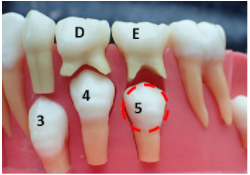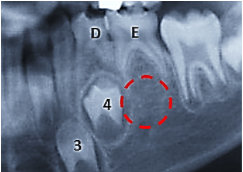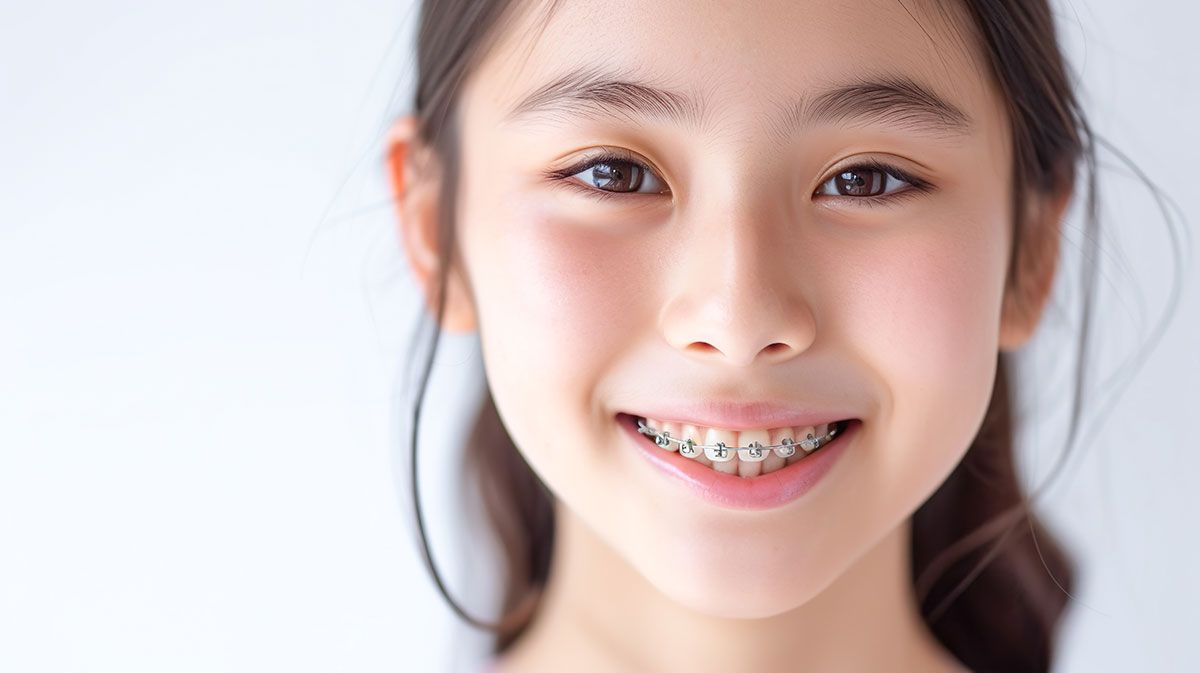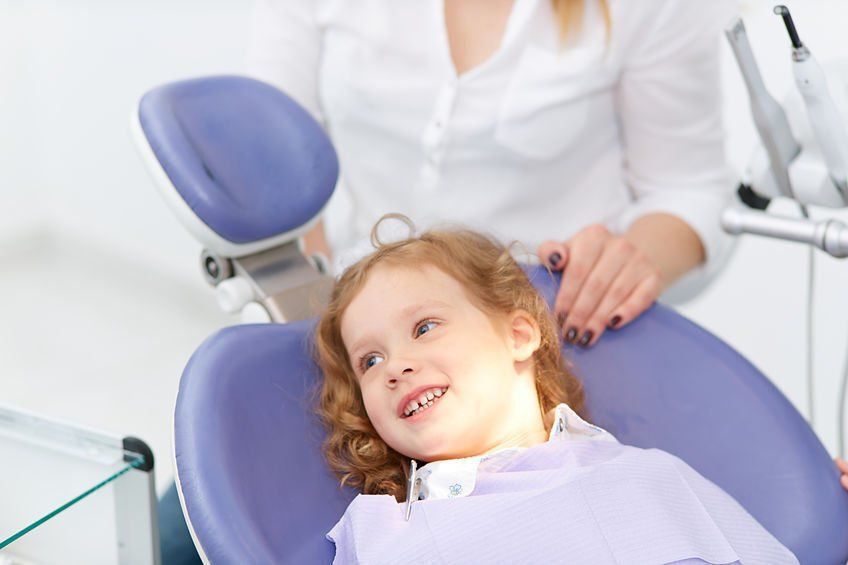Children’s first set of teeth are usually referred as “baby teeth”. They usually start emerging at age of 6 months and it takes up to 2- 3 year for all to come through. In general, the baby teeth will remain in the mouth for a period of 6-12 years, and help form a “pathway” for the new adult teeth that start to surface at 6-7 years, all the baby teeth will be replaced at about 12- 13 years old.
It is commonly believed that baby teeth should be allowed to shed on its’ own; not removed or extracted. Yes, this principle is right 80-90% of the time; however, there are exceptions.
Usually, baby teeth are only extracted if they are seriously damaged. In a serious injury, for example, baby teeth may be cracked, loosened, or impacted, and may need to be removed.
A baby tooth that is significantly decayed or infected may also require extraction. If a filling or a root canal is not enough to save it, extraction is preferable, because it will prevent infection from spreading to the rest of the mouth, and eliminate the pain and toothache that your child is experiencing.
Some instances where extraction is necessary:
Severe tooth decay or infection (Diagram 1). This is usually due to lack of proper oral hygiene care and poor diet. It could also be due to weak structure of the teeth at formative stage. See a child friendly orthodontist or dentist routinely and they will be able to advice and provide treatment before it’s too late.
“Stubborn” baby teeth that refuse to fall out even when it’s very loose. This can happen when the gum tissue is very fibrous or part of the baby tooth root is still rooted. Getting advice from the right professionals will be able to identify the problem and provide the right treatment or guidance.

Diagram 1

Diagram 2a

Diagram 2b

Diagram 3
Adult teeth surfacing at the wrong part of the mouth (Diagram 2a). This is called “ectopic eruption” of adult teeth. When this happens, the corresponding baby teeth will usually remain quite firm as their roots are not resorbed (refer to Diagram 2b) by the adult teeth, with no pressure exerted at the root level of the baby tooth from below pushing the baby teeth out.
Potentially missing adult tooth forming under the baby tooth (Diagram 3). This usually congenital and can remain undetected for many years. With no pressure exerted from the missing corresponding adult teeth underneath, the baby teeth can remain in the mouth for many years, until its broken or worn down. Baby teeth do not have the same tooth hardness (or durability) as adult teeth and it’s unable to replace any congenital missing adult teeth long term. If this problem is detected early, orthodontists can find ways to replace the missing adult tooth without utilizing means of artificial prosthetic replacement, like dental implants and bridge. The long term benefits of having a good set of natural teeth you own cannot be underestimated. It always pays off if the problem is detected early and you plan well for long-term sustainability well into the golden years.
You can be rest assured that your child’s dentist will never recommend an extraction of baby teeth if there is a less invasive option available to save the tooth and keep it in the mouth for as long as possible. However in any of the above situations, where it is necessary, the tooth must be pulled out at the earliest to prevent any infection to the permanent tooth present just below!
About Our Clinic:
At Dr. Catherine Lee Orthodontics, we have a dedicated team of doctors and staff whose skills and experiences help our patients enjoy the process of creating healthier, beautiful smiles. We have a strong focus on growing children, and especially welcome those who need orthodontics and dentistry for kids. For a consultation, contact us at enquiries@DrCatherineLeeOrthodontics.com.







